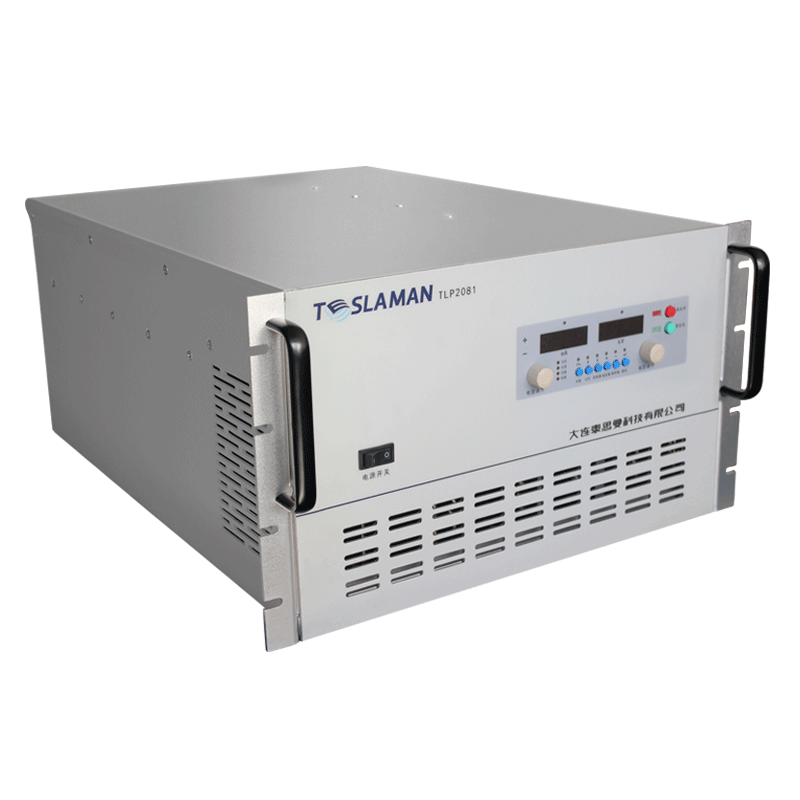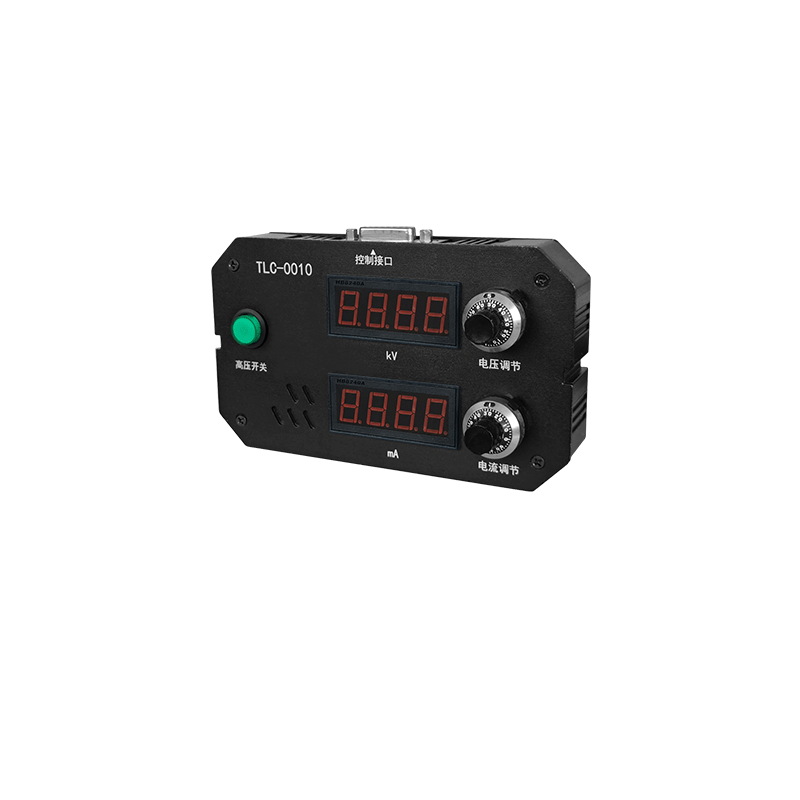Application and Research of High-Voltage Power Supplies in Spectral Analysis
Spectral analysis, as a core technology in the field of modern analytical chemistry, achieves precise determination of the composition, structure, and content of substances by studying the interaction between matter and electromagnetic radiation. High-voltage power supplies, with their high-voltage output and flexible parameter adjustment capabilities, play an indispensable role in the excitation light sources, signal enhancement, and detection of spectral analysis, greatly promoting the development and application of spectral analysis technology.
1. The Working Principle of High-Voltage Power Supplies and Their Relevance to Spectral Analysis
High-voltage power supplies convert conventional voltage into an output of several thousand volts or even higher through power electronic devices, transformers, and other components. The stability and pulse characteristics of the output voltage directly affect the performance of spectral analysis. In spectral analysis, samples need to be excited to a high-energy state to generate detectable spectral signals, and high-voltage power supplies can provide the required energy.
For example, in spark discharge spectral analysis, the high-voltage pulses generated by high-voltage power supplies can create an instant high-temperature and high-pressure spark discharge environment between the electrode and the sample. Under such extreme conditions, the atoms on the sample surface are rapidly evaporated, ionized, and excited. When the atoms transition back to the ground state, they radiate characteristic spectra. By analyzing these spectra, the elemental composition and content of the sample can be determined. In addition, parameters such as the pulse width and frequency of the high-voltage power supply can be adjusted to control the discharge energy and duration, thereby regulating the excitation process and optimizing the quality of the spectral signal.
2. Typical Application Scenarios of High-Voltage Power Supplies in Spectral Analysis
(1) Atomic Emission Spectroscopy (AES)
In AES, high-voltage power supplies are commonly used to excite atoms in samples. Take arc discharge as an example, a high voltage is applied between two electrodes by a high-voltage power supply, ionizing the gas medium to form an arc. The high temperature generated by the arc is sufficient to atomize and excite the sample atoms, emitting spectra with elemental characteristics. By adjusting the voltage and current parameters of the high-voltage power supply, the temperature and stability of the arc can be controlled, thus influencing the intensity and resolution of the spectra. For trace element analysis, the use of high-voltage pulse power supplies can generate instant high-energy discharges, enhancing the excitation efficiency of elements and improving the detection sensitivity, enabling accurate analysis of low-concentration samples.
(2) Ion Sources in Mass Spectrometry (MS)
High-voltage power supplies also play a crucial role in the ion source stage of mass spectrometry. In the electrospray ionization (ESI) source, for instance, several thousand volts of high voltage need to be applied between the spray capillary and the counter electrode, causing the liquid sample to form a charged spray. The high voltage prompts the Coulomb explosion of the droplets, with the solvent continuously evaporating, and finally, gas-phase ions are formed and enter the mass spectrometer. By precisely controlling the voltage value and stability of the high-voltage power supply, the ionization efficiency can be optimized, enhancing the intensity and stability of the mass spectrometry signal, thus improving the accuracy and reliability of mass spectrometry analysis. Additionally, in the atmospheric pressure chemical ionization (APCI) source, the corona discharge generated by the high-voltage power supply is used to ionize neutral molecules, providing a stable ion flow for mass spectrometry analysis.
(3) Spectral Detection Signal Enhancement
During the spectral detection process, to improve the detection sensitivity of weak spectral signals, photomultiplier tubes (PMTs) or avalanche photodiodes (APDs) driven by high-voltage power supplies are often employed. PMTs require an applied high voltage ranging from several hundred to several thousand volts. The photoelectrons generated at the photocathode are multiplied through multiple stages to form a detectable electrical signal. By adjusting the output voltage of the high-voltage power supply, the gain of the PMT can be controlled, enhancing the response to weak optical signals. Similarly, APDs rely on the reverse bias voltage provided by high-voltage power supplies. In a state close to avalanche breakdown, APDs achieve multiplication and amplification of the photocurrent, effectively improving the detection sensitivity and signal-to-noise ratio of spectral signals.
3. Development Trends of High-Voltage Power Supplies in Spectral Analysis
With the development of spectral analysis technology towards high sensitivity, high resolution, and rapid detection, higher requirements are placed on high-voltage power supplies. In the future, high-voltage power supplies will develop towards miniaturization, intelligence, and high precision. For example, the use of new wide-bandgap semiconductor materials and advanced power conversion topologies can achieve the miniaturization and high efficiency of high-voltage power supplies. Combining intelligent control algorithms can automatically adjust the parameters of high-voltage power supplies according to the real-time needs of spectral analysis, improving the stability and adaptability of the system. Developing high-voltage power supplies with higher voltage stability and lower noise will further enhance the detection accuracy and reliability of spectral analysis, providing more powerful technical support for scientific research and industrial applications.




















